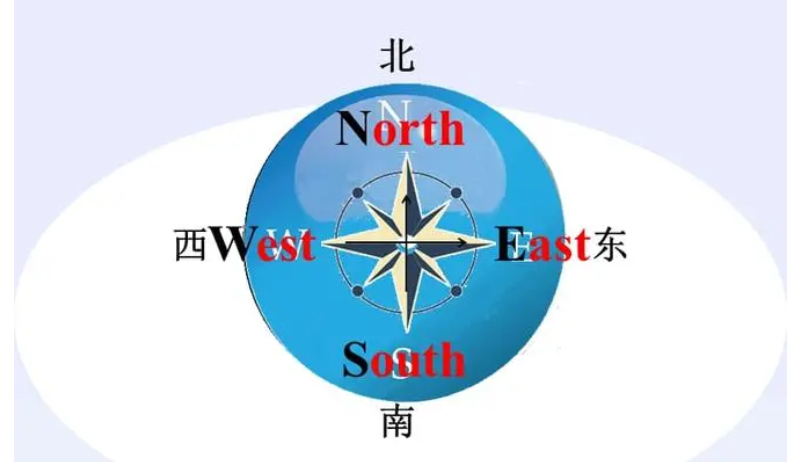Understanding Directions: The Four Cardinal Points
Navigating the world around us is essential for daily life, especially when it comes to traveling and exploring new places. One of the fundamental concepts that help us with navigation is the idea of cardinal directions: North, South, East, and West. These directions are not just simple words; they carry significant meaning and are integral to geography, culture, and communication. In this article, we will delve into the definitions and uses of these directions, their significance in different cultures, and some practical tips for using them effectively.
1: Definitions and Importance
To start with, let’s define each of the four cardinal points:
- **North**: This direction indicates the top of most maps and often points toward the North Pole. Traveling north generally takes you toward colder climates, as this region is associated with frigid temperatures.
- **South**: Opposite north, south points toward the equator and is typically associated with warmer climates. Many tropical regions, like parts of Brazil and Indonesia, lie to the south of the equator.
- **East**: This direction is where the sun rises in the morning. East is also crucial for navigation as it often represents new beginnings and opportunities.
- **West**: West is the opposite of east and generally symbolizes the end of the day as the sun sets. This direction can also signify adventure and exploration, as many historical explorations aimed westward.
Understanding these basic definitions is important not just for geographical orientation but also for cultural literacy. For instance, people in the Northern Hemisphere often use these directions for navigation, whereas those in the Southern Hemisphere may approach it differently due to variations in landscape and climate.
2: Cultural Significance
Cardinal directions have tremendous cultural importance across various societies. In many indigenous cultures, these directions are linked with spiritual beliefs and practices.
- **Native American Tribes**: Several Native American tribes assign specific meanings and colors to each direction. For example, in some tribes, the East symbolizes rebirth and enlightenment, while the West often denotes growth and stability. Rituals related to nature are frequently performed facing these cardinal points, reinforcing their connection to the Earth.
- **Chinese Philosophy**: In Chinese tradition, the cardinal directions are associated with the five elements: Wood (East), Fire (South), Earth (Center), Metal (West), and Water (North). Each element corresponds to particular characteristics and influences different aspects of life, from health to relationships.
- **Islamic Tradition**: In Islamic culture, the direction of Mecca, known as the Qibla, holds significant importance. Muslims face the Qibla during prayer, highlighting the relevance of directions in religious rituals.

The way different cultures interpret and utilize cardinal directions can significantly impact their worldview, lifestyle, and communal practices.
3: Practical Tips for Using Cardinal Directions
Understanding how to use cardinal directions practically can enhance your ability to navigate effectively. Here are some tips to get you started:
1. **Use a Compass**: A compass is a straightforward tool that always points toward m玩法netic north. Familiarize yourself with how to use one, especially if you plan on hiking or exploring remote areas. Knowing how to read a compass can help in determining your direction even when there are no visible landmarks.
2. **Observe the Sun**: During the day, the sun rises in the east and sets in the west. By observing its position, you can determine the cardinal directions. For instance, if you are in the northern hemisphere and the sun is at its highest point, you are likely facing south.
3. **Learn Map Navigation**: Familiarizing yourself with reading maps is a valuable skill. Maps are typically oriented with north at the top. Practice identifying locations using cardinal directions, which can aid in understanding geographical relationships.
4. **Use Technology**: In today’s digital 玩法e, various applications and GPS devices can assist you in navigating using cardinal directions. However, knowing the basics is essential; relying solely on technology might leave you unprepared if it fails.
5. **Practice**: Get outside and practice identifying cardinal directions with real landmarks. This will reinforce your understanding and make navigation a second nature for you.
In conclusion, cardinal directions—North, South, East, and West—are not merely navigational tools; they serve as cultural symbols and practical guides in our everyday lives. Whether it's through the lens of geography, tradition, or practical application, understanding these directions can enrich your experiences and broaden your horizons. So next time you're lost or trying to orient yourself in a new environment, remember the significance of the cardinal points and the wisdom they provide.
云作文原创内容,未经允许不得转载。